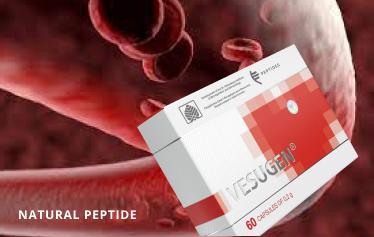Bernd Stratmann 1, Tania-Cristina Costea 1, Catharina Nolte 1, Jonas Hiller 1, Jörn Schmidt 2, Jörg Reindel 2, Kai Masur 3 4, Wolfgang Motz 2, Jürgen Timm 5, Wolfgang Kerner 2, Diethelm Tschoepe 1
Main idea:
In this randomized clinical trial, CAP therapy resulted in beneficial effects in chronic wound treatment in terms of wound surface reduction and time to wound closure independent from background infection.
Abstract
Importance: Diabetic foot ulcers are a common complication of diabetes and require specialized treatment. Cold atmospheric plasma (CAP) has been associated with benefits in wound infection and healing in previous smaller series of case reports. Yet the effect of CAP compared with standard care therapy in wound healing in diabetic foot ulcers remains to be studied.
Objective: To determine whether the application of CAP accelerates wound healing in diabetic foot ulcers compared with standard care therapy.
Design, setting, and participants: A prospective, randomized, placebo-controlled, patient-blinded clinical trial was conducted at 2 clinics. Patients with diabetes and diabetic foot ulcers described using the combined Wagner-Armstrong classification were eligible. Wounds were randomized separately, allowing a participant to be treated several times within the study.
Interventions: Standard care treatment with 8 applications of either CAP generated from argon gas in an atmospheric pressure plasma jet or 8 applications of placebo treatment in a patient-blinded manner.
Main outcomes and measures: Primary endpoints were reduction in wound size, clinical infection, and microbial load compared with treatment start. Secondary end points were time to relevant wound reduction (>10%), reduction of infection, parameters of patient’s well-being, and treatment-associated adverse events.
Results: Of 65 diabetic foot ulcer wounds from 45 patients assessed for study, 33 wounds from 29 patients were randomized to CAP and 32 wounds from 28 to placebo. CAP therapy yielded a significant increase in wound healing, both in total mean (SD) area reduction and time to relevant wound area reduction. Reduction of infection and microbial load was not significantly different between CAP and placebo. No therapy-related adverse events occurred during therapy; patient’s perceptions during therapy were comparable.
Source NIH












Leave a Reply
You must be logged in to post a comment.